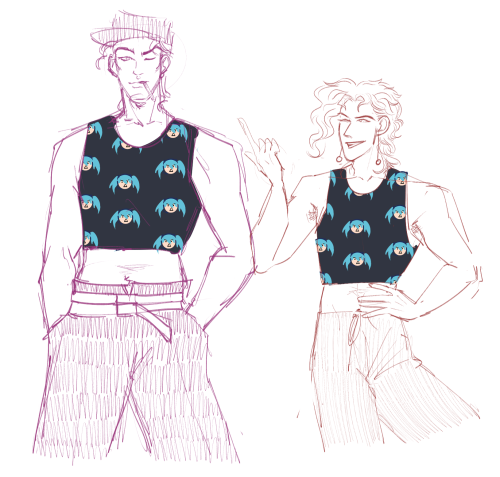

C Ailie Fraser, Joy O Kim, Alison Thornsberry, Scott Klemmer, and Mira Dontcheva.Watch Me Code: Programming Mentorship Communities on Twitch.Tv. Travis Faas, Lynn Dombrowski, Alyson Young, and Andrew D.In Proceedings of the SIGCHI conference on Human Factors in computing systems. Alone together?: exploring the social dynamics of massively multiplayer online games. Nicolas Ducheneaut, Nicholas Yee, Eric Nickell, and Robert J Moore.Exploring the media effects of three-dimensional online immersive worlds and how they impact both virtual and real social capital. Sage Publications, Inc, Thousand Oaks, CA, USA.

Basics of qualitative research: Techniques and procedures for developing grounded theory. In Proceedings of the 2019 CHI Conference on Human Factors in Computing Systems. Integrating Multimedia Tools to Enrich Interactions in Live Streaming for Language Learning.

We uncover the nuances in viewer perceptions and attitudes and further discuss the implications of VTuber practices to the understanding of live streaming in general.

Viewers intentionally upheld the disembodiment of VTuber avatars from their voice actors. The data revealed that Virtual avatars bring unique performative opportunities which result in different viewer expectations and interpretations of VTuber behavior. We conducted an interview study to understand how viewers engage with VTubers and perceive the identities of the voice actors behind the avatars (i.e., Nakanohito). Although prior research has found that many viewers seek real-life interpersonal interactions with real-person streamers, it is currently unknown what makes VTuber live streams engaging or how they are perceived differently than real-person streamers. However, Virtual YouTubers (VTubers), virtual 2D or 3D avatars that are voiced by humans, are emerging as live streamers and attracting a growing viewership in East Asia. Live streaming has become increasingly popular, with most streamers presenting their real-life appearance.


 0 kommentar(er)
0 kommentar(er)
